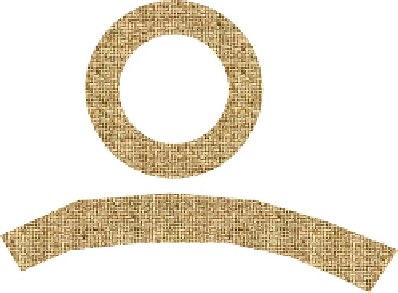Biomedical Engineering Reference
In-Depth Information
DNA
holding pipette
zygote
Injection pipette
FIGURE 14.12
Microinjection. A DNA molecule is injected into a cell nucleus.
liposome
fuses
DNA
Part of cell membrane
FIGURE 14.13
Delivering genes to cell in vivo via liposome.
5. Microinjectiond
A cell is held on a pipette under a microscope and the foreign DNA is
injected directly into the nucleus using an incredibly fine micropipette (
Fig. 14.12
). This
method is used where there are only a very few cells available, such as fertilized animal
egg cells. In the rare successful cases, the fertilized egg is implanted into the uterus of
a surrogate mother and it will develop into a normal animal, with the DNA incorporated
into the chromosomes of every cell.
6. Liposomesd
Vectors can be encased in liposomes, which are small membrane vesicles
(
Fig. 14.13
). The liposomes fuse with the cell membrane (and sometimes the nuclear
membrane too), delivering the DNA into the cell. This works for many types of cell but is
particularly useful for delivering genes to cell in vivo (such as in gene therapy).
1
4.5. APPLICATIONS OF GENETIC ENGINEERIN
G
By far the most applications are as research tools, and the techniques above are helping
geneticists to understand complex genetic systems. Genetic engineering still has few success-
ful commercial applications. When dealing with genetic engineering, a bioprocess engineer
must be extremely prudent on the safety and long-term effects it may bring, not just to satisfy


































Search WWH ::

Custom Search